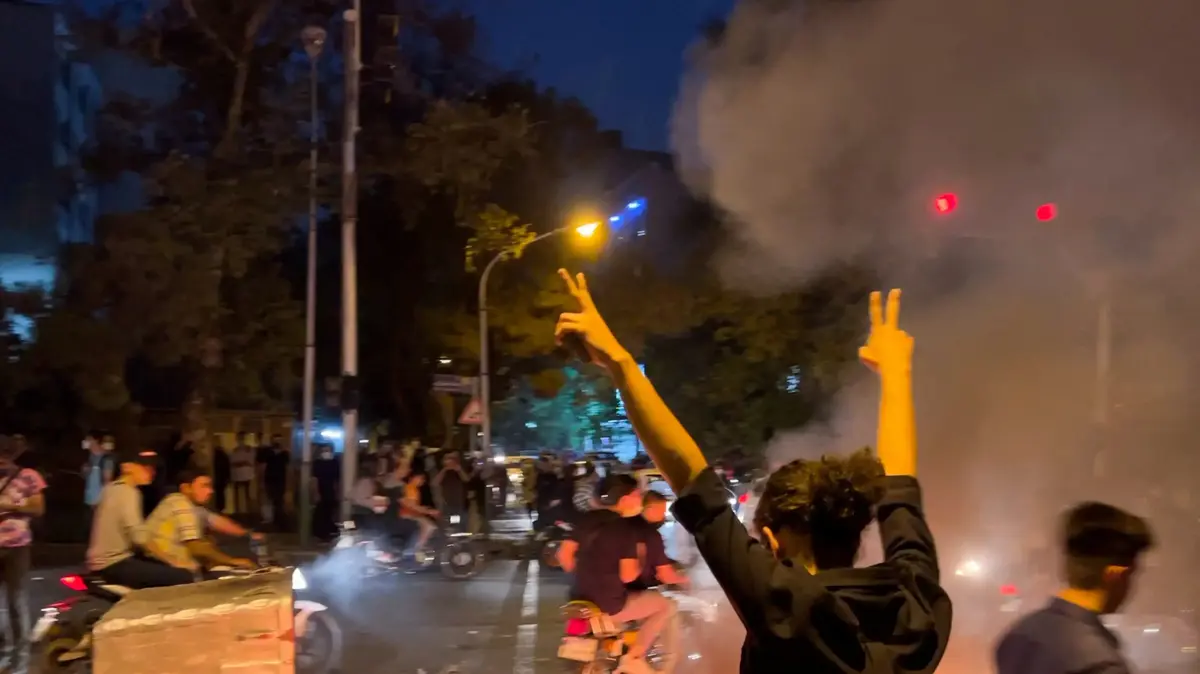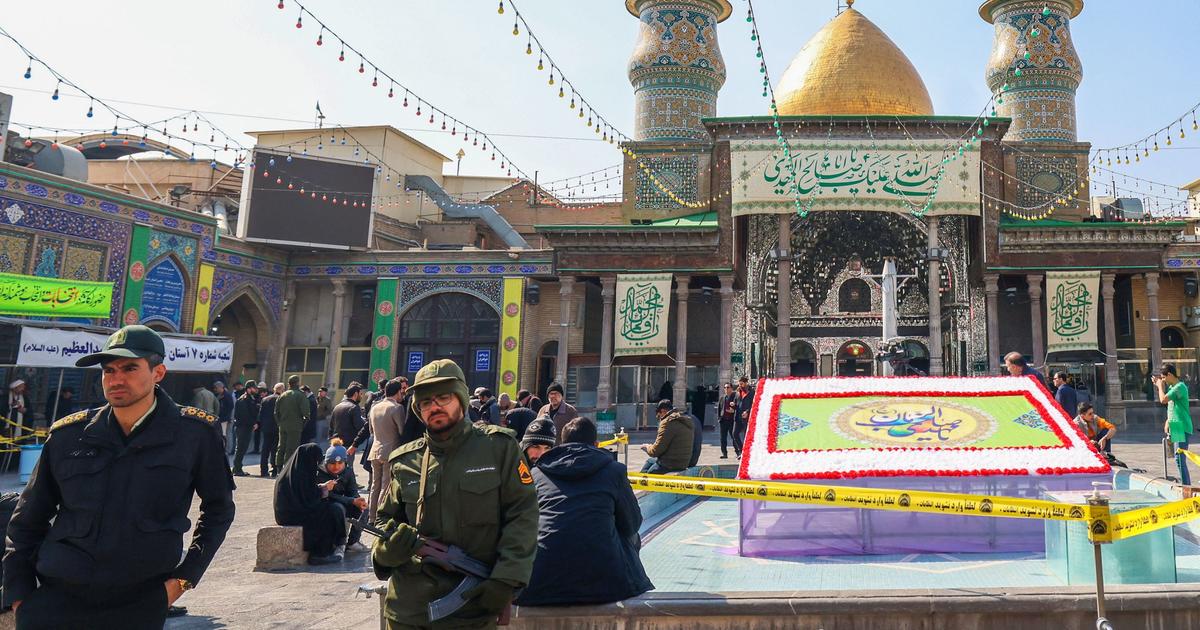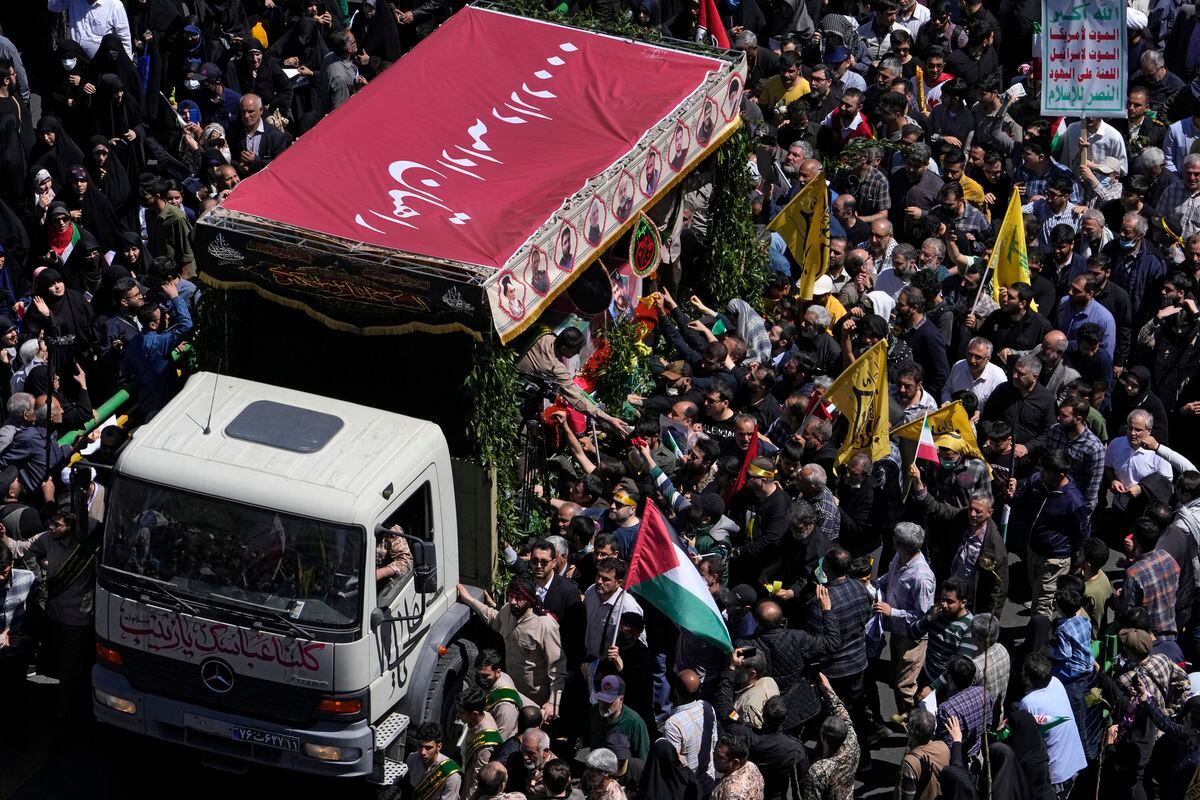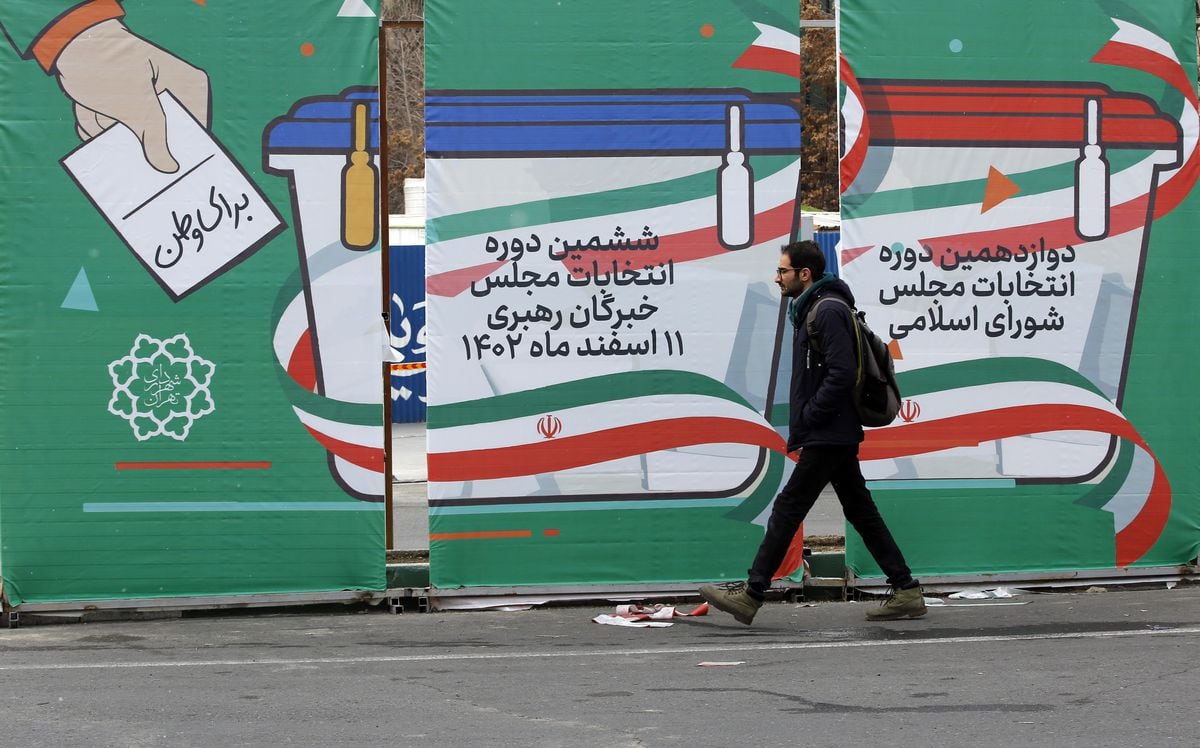The protests following the death of Jina Mahsa Amini were brutally suppressed.
But the resistance of the Iranian women is unbroken.
Berlin/Cologne – Someone in the Islamic Republic is afraid of schoolgirls.
Why else would you want to poison them?
It's still guesswork.
But more and more observers assume that the incidents in girls' schools are directly related to the feminist protest movement "Frau.
Life.
Freedom” stand.
For months there have been reports from Iran of poison attacks, which are becoming more and more frequent, in various cities and provinces.
The affected girls experience symptoms such as dizziness, nausea and shortness of breath.
At the moment, no one can say with certainty who is responsible for the attacks.
However, first people were arrested.
"Many assume that the poisoning attacks were initiated by the mullahs' regime - either by official bodies or by informal groups close to the regime's hardliners," British-Iranian author Sanam Naraghi Anderlini told the Frankfurter
Rundschau
.
The 55-year-old is the founder of the NGO International Civil Society Action Network, was a UN advisor on women and conflicts and is one of the leading international voices for feminist foreign policy.
For them it is clear: either the state fails to protect its population – or it is complicit.
Similarly, Green MEP Hannah Neumann argued to our editors: "If you know how comprehensive the regime's apparatus of repression is, it is difficult to imagine that these attacks are not at least tolerated by the state, if not even encouraged.
Ali Khamenei, Iran's spiritual leader, suddenly and publicly expressed his zeal for information, seems very much like a PR campaign."
Iran: The death of Jina Mahsa Amini sparked unprecedented protests -- led by women
What has happened in Iran over the past few months and has now culminated in the poisoning of schools is almost incomprehensible to outsiders.
After the murder of the young Kurd Jina Mahsa Armini, a protest movement emerged, supported by a young generation that seemed ready for anything - and was crushed with all brutality.
Hundreds of people have died, including minors, thousands have been arrested, death sentences have been and are being carried out, and there are numerous reports of sexualised violence against women in prisons.
Because from the beginning it was girls and women who led the protests and fought for basic human rights.
Among them were many Iranian schoolgirls who shouted “Death to the dictator” and literally gave the regime the middle finger.
Green MEP Neumann observes the “Woman.
Life.
Freedom” movement very precisely.
She says: "The cowardly attacks with poison gas should now spread fear and terror, ensure that the girls no longer go to school and, above all, no longer position themselves critically."
Despite these particularly drastic events, protest movements against the regime are nothing new.
Nor that it bounces back.
Since the Islamic Revolution in 1979, there have been repeated uprisings.
But unlike previous protests like 2009, when it was mainly the middle class who took to the streets, and 2019, when protests against a fuel price hike were held, the protests following the death of Jina Mahsa Amini were a heterogeneous movement.
protests in Iran
On September 16, 2022, Jina Mahsa Amini was arrested in Tehran by the so-called moral police.
The hijab of the 22-year-old is said to have slipped.
A few hours later she is taken to a clinic with severe head injuries - and dies.
Shortly thereafter, under the motto “Woman.
Life.
Freedom” on the streets and protest against the Islamic Republic.
They are fighting for nothing less than the overthrow of the government.
Although public protests have subsided, the struggle for basic human rights and change in Iran continues.
The anger over the poisoning attacks on schoolgirls has now led to teachers and parents protesting publicly in several provinces.
According to dpa, the Iranian media reports more than 3,100 cases of poisoning in schools.
"Woman.
Life.
Freedom”: A feminist message that the regime can no longer capture
The fight for women's rights has a long tradition in Iran.
Quite a few even describe the current movement as the first female revolution.
And the protests continue, albeit on a smaller scale than at the beginning.
And this despite the fact that women in particular are exposed to gender-specific violence by the regime, as Neumann describes: “Reports of rapes, targeted shots in the face, breasts and abdomen of women show that not only protesters should be deterred, but women and girls in a targeted manner were targeted.”
But why is the regime so brutal against the movement “Frau.
Life.
freedom” before?
“The Islamic regime is a strongly patriarchal system.
Female submission is central.
Like other extremist forces, they try to force women into the traditional subordinate role of motherhood.
However, since they are aware of their potential power, they are afraid of women's movements," explains the author Anderlini.
The attacks on girls' schools, the arrest of girls during protests or the threat of sexual violence in detention are ways to scare girls and women and to signal them: Go back, go back into the house, go back into your role.
The regime's problem: The young generation refuses to give in and continues to fight.
For change in Iran.
For "Jin, Jiyan, Azadî", for "Ms.
Life.



/cloudfront-eu-central-1.images.arcpublishing.com/prisa/RSDYMJQAS5HZZJNOQTAQ3E4FYI.jpg)

/cloudfront-eu-central-1.images.arcpublishing.com/prisa/AD2TMVZ5XQUDUGJNBTOYF4FIIA.jpg)



